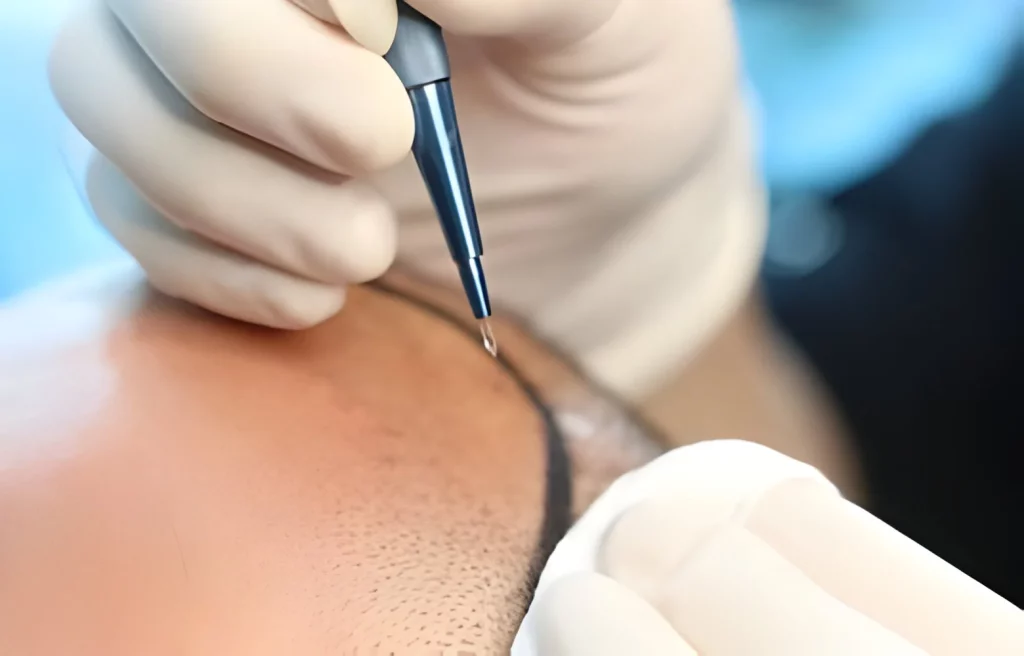1. Introduction to Hair Transplant Before and After Treatments
Embarking on a journey to get a hair transplant signifies a step, in regaining not your hair but also your self assurance. This guide to “Hair Transplant Before and After Treatments” is designed to simplify. The process providing insights into what to expect at each stage. From the meeting to witnessing the signs of new hair growth. Understanding the progression of events, preparations and aftercare is crucial. Whether you’re just starting to look into your options or’re close, to scheduling your procedure having. An understanding of what happens before and after will help steer you towards a positive result.
2. Understanding Before and After Hair Transplant Procedures
It becomes imperative to have basic knowledge of the procedural steps and, if you’re contemplating hair transplant before and after. To deal with your hair loss, you should start understanding the process. The begining is formation of a plan which includes detailed evaluations and particular training which all play a part in sutaining the greatest result. Following the surgery, the whole process is being then shifted over to post-operative care, which is not less vital than the surgery itself because of the fact that it helps to nurture the newly transplanted hair follicles and leads to successful hair growth. Knowing what they are supposed to expect from the treatment and post-implantation process, prepares patients for realistic expectations and active involvement in their own hair-transformation journey. The latter should bring them perfect results, which they will be most satisfied with.
3. Before Hair Transplant Treatments

Initial Consultation and Assessment
The initial phase of the “hair transplant before and after” process begins with a discussion, with a specialist. This meeting is essential to evaluate the degree of hair loss and explore the chances of a transplant.
Preparation for the Surgery
The preparation, for a hair transplant procedure itself consists of more, than merely being ready; and the latter requires a patient to know the procedure well and to develop realistic expectations. Patients shall always be advised to stay off medications and quit tobacco as such would improve the possibility of the operation success.
Medications and Pre-operative Care
Certain medications, for managing “hair loss” could be recommended to ready the scalp for the transplant. These medications aid in minimizing issues and ensuring that the scalp is in condition, for the procedure.
Setting Realistic Expectations
It’s important for patients to have an idea of what to expect from “hair transplant before and, after” procedures, for their satisfaction. Doctors usually share photos showing the hairs density and appearance before. After the transplant to help manage expectations.
4. After Hair Transplant Treatments

Immediate Post-Operative Care
After a hair transplant it’s important to take care of your scalp after the procedure to make sure the grafts stay healthy and successful. Patients are usually told not to wet their scalp or wash it for two days following the surgery. This is done to avoid disturbing the transplanted hair follicles. Surgeons also suggest sleeping with your head elevated to reduce swelling and using medications as prescribed to ease any discomfort and lower the chance of infection.
Monitoring for Complications
Patients need to always keep tabs on their healing process to notice any unusual symptoms. Common worries would include infection, inconclusive swelling or abnormal bleeding or pain. If at all you are faced with any of those problems, it is vital that you seek help from your healthcare provider. Complications detected and addressed in time will avert health issues and enable the right pace of healing..
Long-Term Care and Maintenance
Taking care of your hair is crucial, for both its appearance and health. To keep your hair looking its best it’s important to use shampoos steer clear of chemicals. Or heat styling tools and visit your hair specialist regularly to monitor the transplants progress and address any issues that come up. Additionally eating a diet of vitamins and minerals can help maintain the strength and vitality of your hair.
Lifestyle Adjustments
Following a hair transplant procedure it’s important to make some changes, in your routine to ensure the growth of new hair. Doctors usually suggest avoiding sun exposure as it can harm both the scalp and the transplanted follicles. Wearing a hat or applying sunscreen with sun protection factor (SPF) can be beneficial, in shielding the scalp. Moreover cutting back on smoking and alcohol consumption is advised as these behaviors may hinder the healing process and impact the well being of your hair.
Follow-Up Treatments
At times more treatments might be needed to reach the desired fullness and look of the hair. Subsequent appointments could involve transplants or non invasive options such, as PRP therapy, which can improve the vitality and thickness of the hair. These appointments are usually scheduled months to give time for each stage of healing to conclude fully guaranteeing the most favorable result for the patients journey towards hair restoration.
Comparing Hair Transplant Before and After Results
The evaluating results of hair transplant before and after treatments in the USA appear astonishing. Individuals are often suffering from noticable hair thinning or bald spots. Which can make them really hesitant about public communication and social interactions. The issue here is that prior to receiving hair transplant in the U.S., patients often notice. A notable improvement in the thickness of their hair and their overall look. This revels in a person’s self-esteem to a high level when they feel younger and healthier than their actual age. Being physically transformed means a lot more than having an improved physique; it addresses their emotional and psychological wellness, showing that they deserve the care and attention they provide to themselves to look good.
Conclusion
In summary the process of undergoing a hair transplant treatment can have an impact, on both how someone looks and their overall well being. It involves preparation before the surgery and attentive aftercare with each step playing a role in achieving the desired outcome. Those thinking about getting this treatment should be well educated on the operative care and lifestyle adjustments. To maintain the health and longevity of their new hair. By having expectations and following the recommended care guidelines individuals can experience fulfilling transformations. The journey to regaining hair and confidence highlights how modern medical aesthetics can truly make a difference, in peoples lives.

